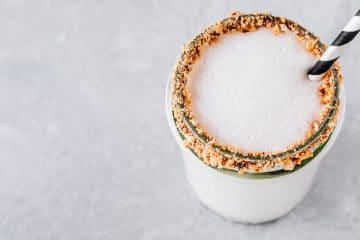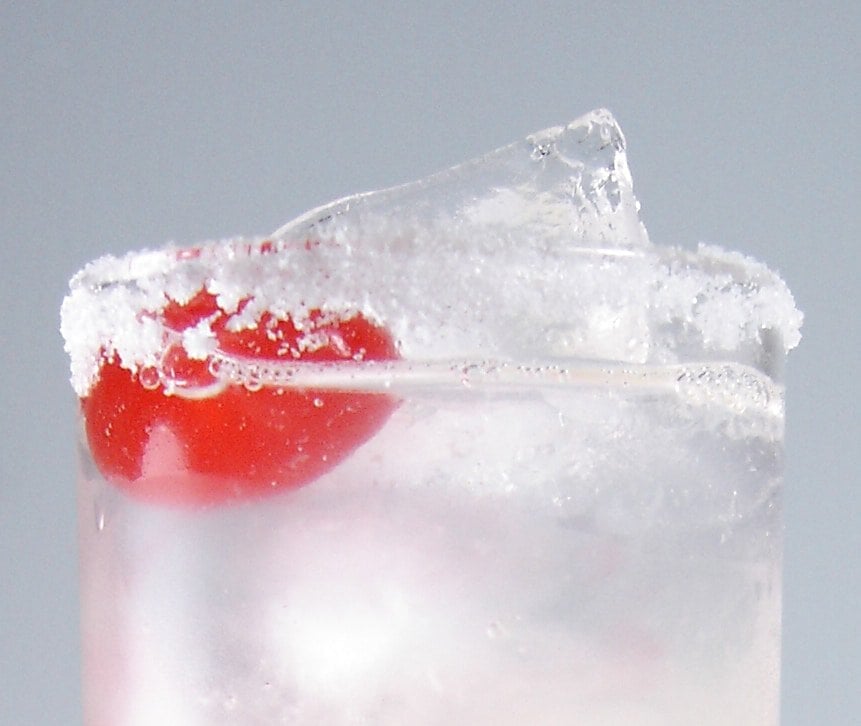The people who market vodka are ripe with praise for their product. The machismo from these companies is enough to make Kim Jong-un blush. With a large enough marketing budget, you can create any image you want, and Grey Goose was the first vodka company to prove it. They made an unaged, technologically simple spirit into an ultra-premium, must have product. The downside of making a very simple product, and charging twice as much, is the need to justify the price to the drinker. To do that the marketing types came up with complex stories of water, technology and grain. They also blathered on about purity. So here’s the question: Is vodka as pure as virgin snow, or is it a hooker dressed in a schoolgirl uniform?
Vodka, by its original definition, is a distilled spirit that is colourless, tasteless and odourless. It is traditionally made from grains or potatoes but can be made from any fermentable material, including grapes and beets. Vodka is distilled to a very high proof, greater than 180 proof (90% ABV), but with modern column distillation, it is often distilled to 191 proof (95.5% ABV). This high purity distillation is done to attain the classic definition and strip out the majority of flavours from the original starting material.
Until a decade ago, most vodkas were considered similar in quality and were priced as a simple distilled spirit, without any significant markup. Vodka was never considered “premium” like scotch or cognac until some cunning marketing by the makers of Grey Goose. Since then things have changed significantly and vodkas now command prices that surpass vintage scotch and cognac with prices topping out at $125CDN / $100US per bottle.
Most of the marketing material goes something like this:
“Grey Goose vodka is crafted from the finest French wheat, with water naturally filtered over champagne limestone and carefully distilled according to the uncompromising traditions of France’s Cognac region. Each batch is made to the exacting standards of Francois Thibault, Maitre De Chai, ensuring its distinct freshness, clarity and unparalleled smoothness. Unlike any other vodka in the world.”
That was very painful to read, I know, but for some people it makes them want to run out and hump a bottle. I find this type of marketing a little melodramatic for my tastes. For an example of what I see as good marketing check out this Johnnie Walker video.
“Perfection is a never-ending journey, not a physical state.” -Me
When a product proclaims grand achievements, that’s fine, but when they do so by latching onto the success of others, that says as much about their product as anything. Why name drop if your product is eminently unique? Basically, marketing like this rings hollow but strikes a chord with some.
The world of ultra-premium vodka was created by marketing types, not distillers. I’m convinced that most of the people writing copy for Grey Goose ads have never visited the distillery, nor do they understand the technical aspects of such a facility. If they did, they didn’t visit the “backroom”.
Once marketers build a brand, based on an ultra-premium ideology, there is no going back. If Grey Goose is made from the finest water, wheat and traditions, then the bar has been set and going back is not an option.
What happens if after sourcing all of the best ingredients, replicating the finest technology, designing an elegant bottle, and producing the best marketing campaign ever, the product still tastes crappy compared to the competitors, who sell at half the price and makes no grandiose claims? There are two options. First, you can take the Scotch approach and say “it is supposed to taste like that, and by ’that’ we mean the finest drink you’ll ever have“. A Scotsman can pull that off, vodka PR people can’t. The second option is to delve into the occult food additives codex, and “encourage” the best ingredients into being their very best.
The problem with number two is it contradictions the marketing. If you have the best of everything, why does the product not come out as the best tasting? Well, that’s partly the process of distillation. It’s also why I think most PR people don’t understand what makes a distillery work.
I’ve said it before, and I’ll say it again: alcohol is a poison. Human’s don’t like poison, but given the right conditions, we’ll happily adapt if the benefits outweigh the consequences. Alcohol is one such case. We like the “buzz” and increased sociability, but we don’t like the hangover. We also don’t like the taste. Only a very few people drink high proof spirits straight. The inhabitants of St. Vincent come to mind with their 169 proof Sunset rum (available at the LCBO). The rest of us like cocktails, mix, a little water/ice or at the very least a lower proof. A lot of people like “all of the above”.
Since vodka is straight poison, mixed with water, the choices are limited in making it palatable. The funny thing is that the purer you make your vodka poison, the more poisonous it is going to taste. If you make it less pure, like brandy, rum or whisky, you will comingle some additional flavour compounds, many times pleasant ones, that help decrease the poison barrier. Ageing in barrels is another option since the oak can give vanilla and toffee overtones to the spirit, which people find appealing. Vodka–no dice–it’s not vodka if you oak age it.
So this leads us back to the Occult Food Additives Codex. The rules say you can add “stuff” to vodka and still call it vodka. One of the key additives for alcohol is glycerine (glycerol). This pleasant little molecule is a sugar alcohol, that naturally tastes sweet. It also has the advantage of taking the “sharp” edges off of alcohol or making it taste smoother. Basically, it’s Barry White for vodka.
The reality is that there is nothing wrong with using glycerine in spirits, it works well and is a very safe additive. The problem comes when marketers proclaim greatness and purity and deny using such additives. If Ben Johnson was great, he wouldn’t have needed steroids. As we learned in kindergarten, lying and cheating are bad.
So what is the truth, does Grey Goose use glycerine in their spirits? Do other vodka makers use it? The answer is….
….coming in my next post. Sorry, but science takes time. I’m currently testing the following products for glycerine:
Grey Goose, Pravda, Chopin, Polar Ice, Oval, Luksusowa, Reyka
I’ve also included a grappa and 100% laboratory ethanol. I’m using the sodium periodate assay for glycerine, which will quantify the glycerin very accurately. I’ll give all the details in my next post, so stay tuned.
On a related note, I’ve often told people if you rub vodka between your hands until it has completely evaporated and a sticky residue remains, this could be glycerine. It’s possible it could be sugar, another additive or natural congeners, but what I can tell you is that rubbing 100% ethanol, diluted to 40% with double distilled, reverse osmosis water, does not leave a residue.




